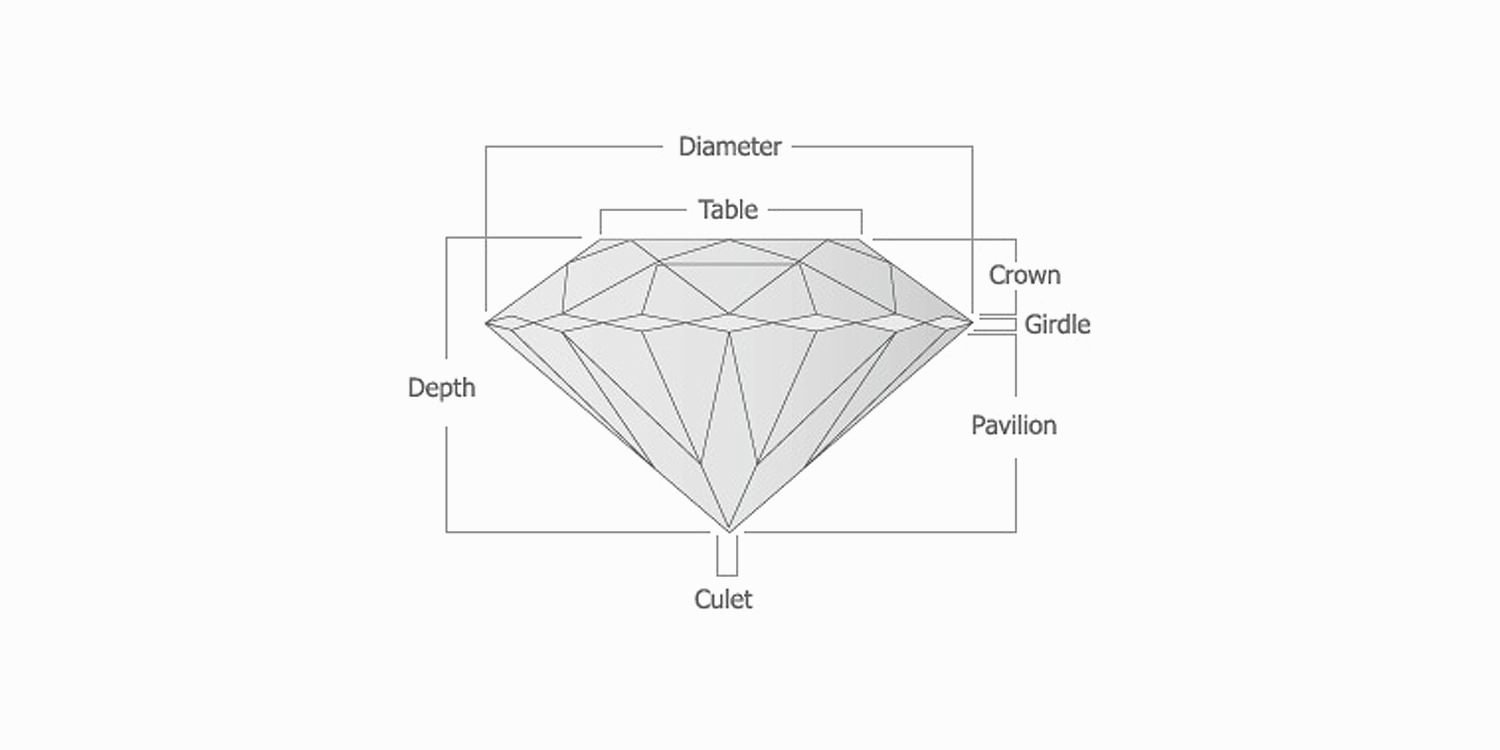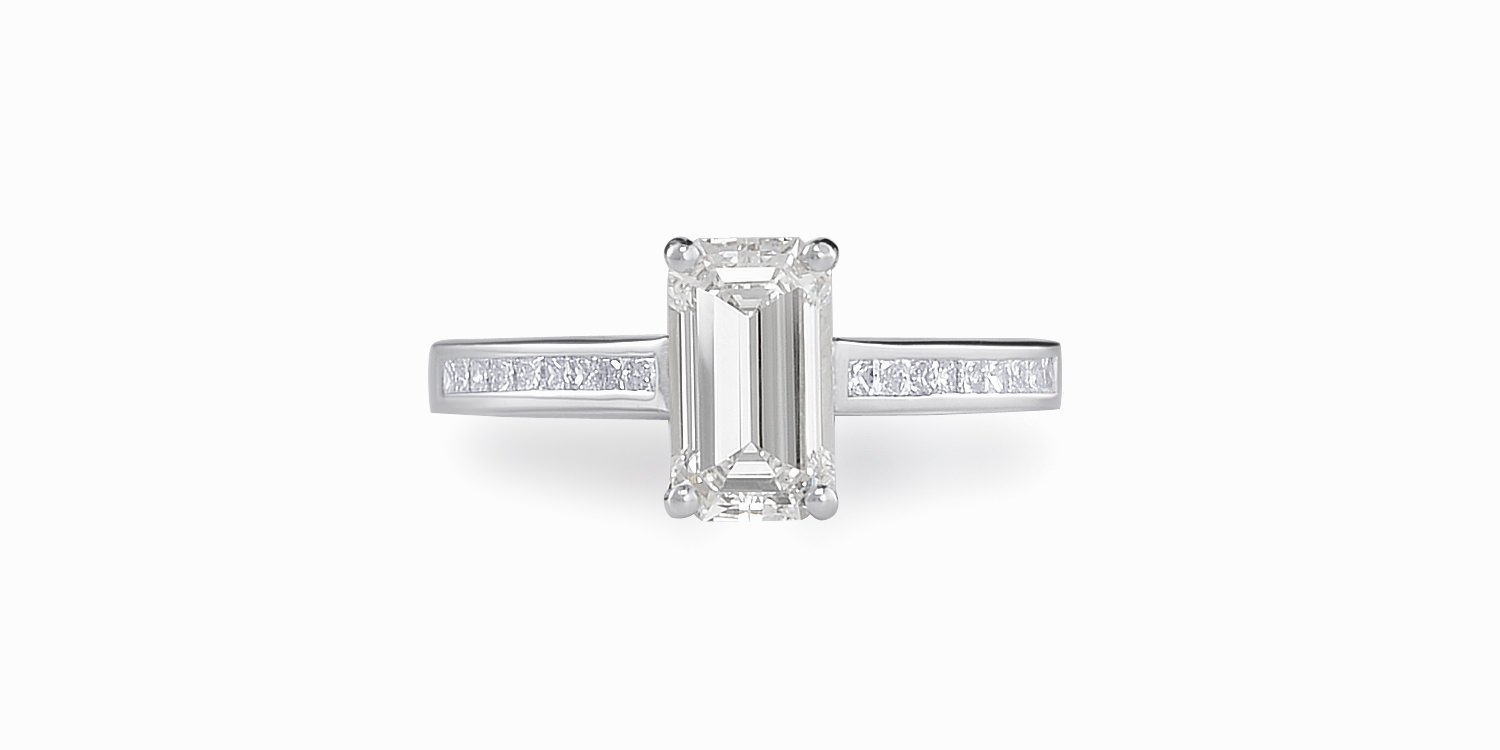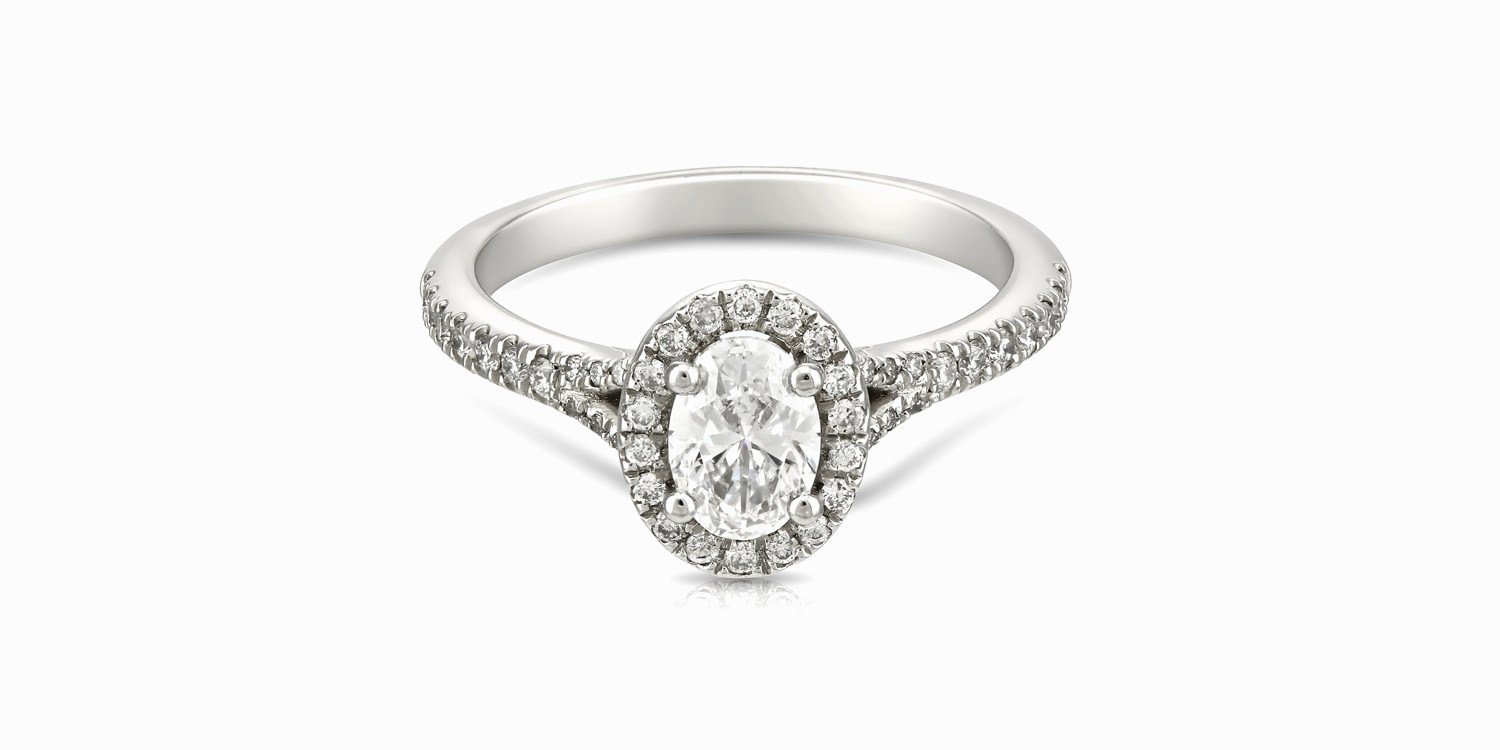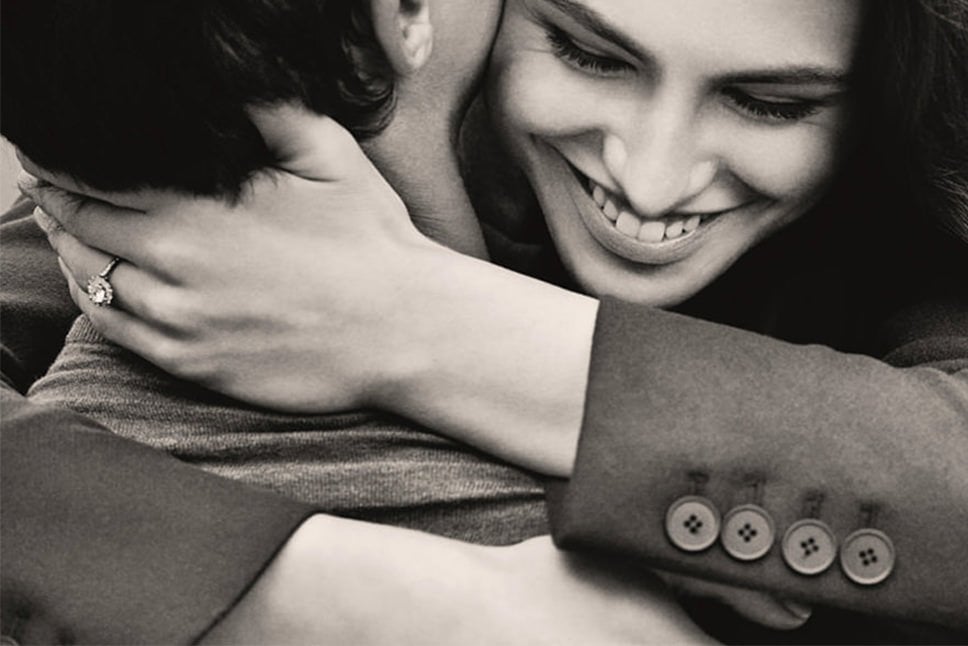As we outlined when we covered the 4C’s the cut of a diamond plays such a central role in how the diamond shines, the more expert the polish and cut the more brilliance and fire the stone will have. However, we now want to move on to a different type of ‘cut’ – the all important shape of the stone.

Before we get too far into it, there are a couple of basic points that we just need to cover off. The anatomy of the diamond is very important. The main areas you need to think about are the pavilion (this is the underbelly of the diamond) the girdle (this is the ‘flat’ section that marks off the top of the pavilion) the crown (which is the top part of the diamond, that sits on top of the girdle) and then the table (this is the very top surface of the stone). There are a number of different facets that sit within each of these sections, and the angle at which these are cut will affect how the light moves between and is reflected off the stone, thus impacting the fire and brilliance.

Now that’s covered, time to start thinking about what shaped stone you’re after…
Round Brilliant Cut

This is like the little black dress of diamond stones. It’s the Louboutin heel, it’s the Chanel handbag. Put another way, it is a classic and can rarely be done wrong. One of the oldest cuts, it has been perfected over generations by master mathematicians and experts to create the perfect brilliance and fire. Who is this stone shape perfect for? As it is such a classic choice it’s the perfect option if you’re a little unsure.
However, it doesn’t only have to be a fail safe option. Set in an interesting mount, or even just adding a gold band would make this a very contemporary and interesting choice. The sheer brilliance and sparkle of the ring mean that if you are having to make concessions on clarity and colour, a round can be a good option as you’ll still get a stunning result.
Princess Cut

Again, a very classic choice. Usually square in shape, sometimes slightly rectangular, the cut is sharpened at the corners. Because of the angles made at the top of the diamond, you need to be a little more careful with colour than you will have to with a princess cut (as lower colour grades can be detected in the angles of the cut). This is just something to be wary of, ensure you look closely and view in different lights.
Emerald Cut

One of the oldest cuts. This diamond has a flat top with truncated corners that resemble a flight of stairs when viewed from above. Due to the nature of this cut, being flat and all, the fire and brilliance has not been ‘optimised’ in the way it has with a Princess or a Brilliant – the facets haven’t been created with the cut for the light to pass through. What this cut requires (and highlights) is the diamonds clarity and colour – so these are not elements to scrimp on when choosing an emerald cut.
The shape of the stone lends itself to being accentuated with baguette diamonds either side. This is an older style, which has recently come back into favour. Who is this perfect for? Someone who oozes class and sophistication and would choose understated quality over OTT./ The Emerald cut offers something a little different, without being too daring which makes it perfect for the girl who doesn’t follow the crowd, but is happy to lead the crowd.
Marquise Cut

The Marquise isn’t used as frequently as brilliant or princess cuts, but that by no means is a reflection of its qualities as a stone. Its first major benefit is that it’s one of the best carat saving shapes – due to the way its cut you will retain a lot of the Carat meaning more stone for your money. The long shape of the stone will make fingers appear longer and more slender, something a lot of women wouldn’t turn down.
It’s often referred to as ‘navette’ (little boat) as the shape resembles the hull of a boat. Due to its shape this stone shape can suffer from what is sometimes called the bow tie effect, a shadow is created across the central facets of the stone due to how the light passes through the diamond. This can of course be prevented, or at least reduced, by altering the depth of the pavilion. It is also a side effect that is endured by oval, pear and heart shape stones.
Oval Cut

If you’re looking for something that can hold it’s own with a round cut in terms of brilliance and fire, but find a round a little too obvious choice then the Oval is perfect. The two stones are cut in a similar way, meaning this cut also has lots of sparkle, but the slight change on the shape gives it more of an edge. For more subtle differences try on a gold band, such as the DMR ring above.
Asscher Cut
The asscher cut gives off the impression of multiple square cuts. The wide cuts are made to maximise brilliance and shine. It’s a very interesting and unusual cut, and always has tonnes of sparkle.
Cushion Cut

No secrets here, this stone shape is very similar to a pillow (also known as a cushion). It is a square or rectangular shape with softer sloped or rounded corners. The brilliance is not as high as in a round brilliant, but thanks to it’s larger facets the brilliance is a strong contender. However, these facets also highlight clarity so keep that in mind when choosing your stone. The effect created by modified brilliants such as this one is known as the sparkling water effect, due to the larger facets creating a scintillating effect on the stone.
These don’t even tip the ice berg on all the potential stone cuts and shapes you can have, but should give you a good starting point to get your ideas flowing about what you would like. Of course, stones are then transformed by the way they are set, halo or no halo? are the shoulders diamond set? Thin or strong? all of these elements combine to make a very different and unique ring… but we’ll get to that.
As ever, if you want to spend some time with one of our specialist sales ambassadors just get in touch here.


Showrooms










